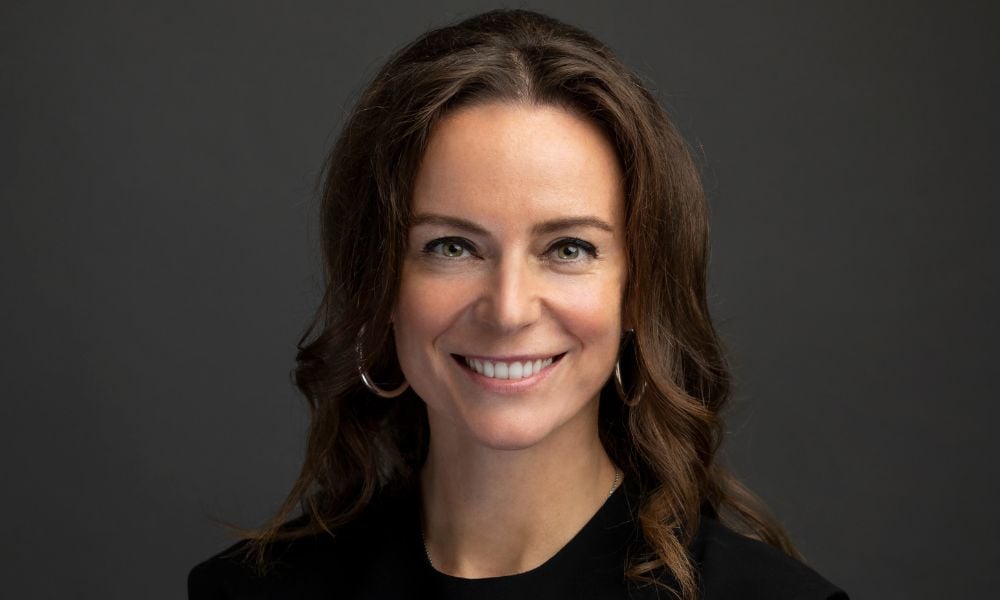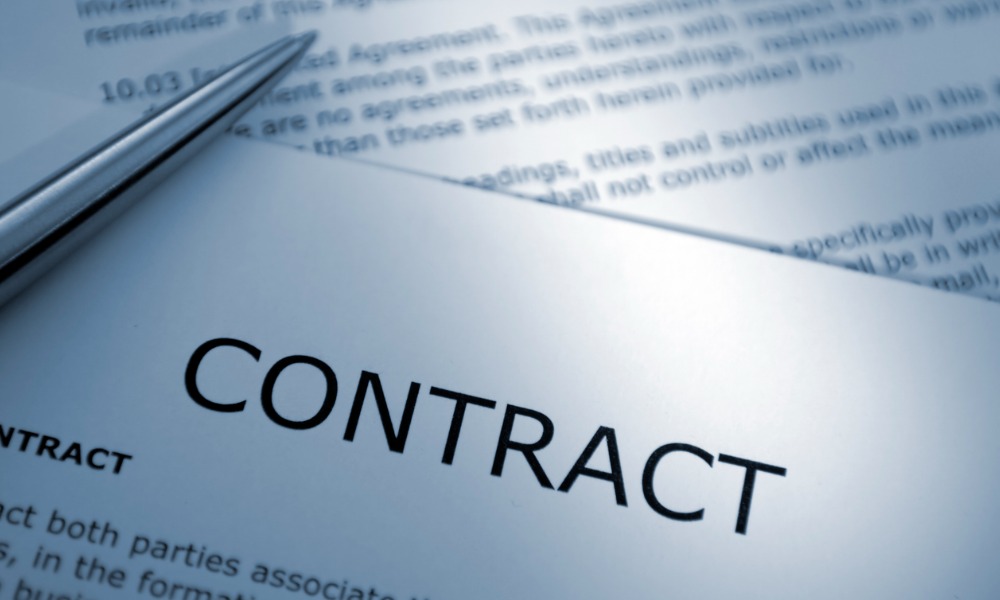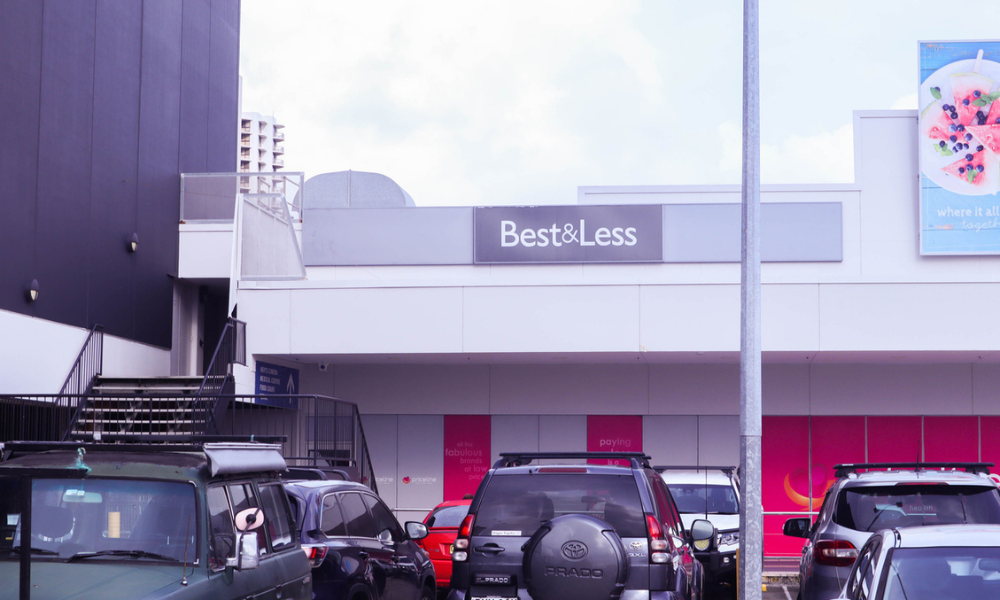Employers should consider a generalised approach to fall reduction or targeted screening approach, says expert

Same-level falls that happen in the workplace are expected to rise amid the growth in the number of older female employees in the workforce, according to new research from Monash University.
The research looked at hospital admission records in Victoria between July 2017 and June 2022, analysing patients over 15 who were admitted because of a work-related injury.
It found that around one in five admissions were related to a fall, with 52% being falls from a height, and 37% being same-level or low falls. And while falls from a height were higher among men, same-level falls were found to be higher among women, particularly after the age of 50.
“Falls are very common things that come in whether you're at work or whether you're not at work, but we were particularly interested in looking at what the demographics of who falls over in the workplace are and what the consequences are,” Professor Karen Walker-Bone, director, Monash Centre for Occupational and Environmental Health, told HRD Australia.
“Younger men in the workplace who are working at height, working up ladders, are unfortunately, if they do fall, going to fall a long distance and they do quite significant damage to themselves.
“Amongst women over the age of 45 who fell over at work, they were really on a very easy fall – a slip or a trip, same-level fall – but also ended up doing themselves enough damage to end up going into hospitals.”
But what can employers do about it?
An older demographic
The research, which was done together with Dr Win Wah and Associate Professor Janneke Berecki-Gisolf, highlighted Australia’s ageing workforce; with 21% of workers aged 50 – 64 in 2023, compared to 11% in the mid-90s. And more broadly, Walker-Bone described the growth in the number of older women in the workplace.
“For the most part, that demographic of women weren't in the workforce… when my mum was growing up and certainly my grandmum weren't working until they got to 45 plus and stayed working through to 65 plus. There's a load of more women in the workplace than we've ever had before,” said Walker-Bone.
The sectors where older female employees tended to fall in were industries more common for women to work, such as aged care, healthcare and to a certain extent, retail.
“What we're seeing is that those injuries are occurring where there are more women in the workplace,” she said. “So it's not necessarily that those are dangerous workplaces, it's that there are more women clustered in them that are at older ages.”
In addition, these women were found to have a higher prevalence of coexisting health conditions such as arthritis, neurological or cardiovascular conditions and chronic respiratory diseases like asthma, Walker-Bone said.
“So these women are in the workplace with another condition or more than one condition and they seem to be at the highest risk of sustaining a serious injury if they fall over,” she said.
What employers can do to prevent falls
Following their findings, the researchers suggested that employers, regulators and policy makers consider raising the profile of workplace falls and create effective prevention strategies.
“For employers of middle-aged female workers, employers either need to consider a generalised approach to fall reduction among their entire workforce … or perhaps a targeted ‘screening’ approach in which workers are offered opportunities to share health information relevant to fall risk (including history of falls),” the research said.
But Walker-Bone acknowledged the dilemma that might come with requiring workers to divulge their medical history so that more can be done to prevent the risk of them falling.
“That's really quite an interesting ethical debating point for society as a whole about how much we as workers are willing to share information about our health with our employer,” she said. “Obviously, many people don't feel comfortable doing that.”
And while Walker-Bone acknowledged that there are basics in preventing falls that everyone knows about such as leaving signage when floors are wet, avoiding slippery surfaces, wearing sensible footwear, there are some considerations that can be made for older female workers.
“Lots of women develop arthritis in their 50s plus, so there'll be there [in the workforce] with their arthritis. And it's just that how we look after them might be different from how we would have looked after older male workers,” she said.
“And particularly in healthcare or aged care where almost all of the workforce is in that demographic. And we are so reliant on them as a nation, that we really ought to be thinking about promoting and protecting their health and wellbeing in order to enable them to look after us, and to enable them to keep working to older ages.”








